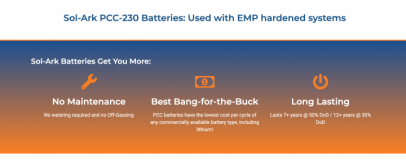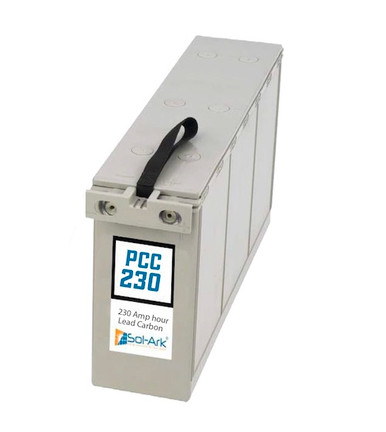Kanada North of 50
New Member
Hello all,
I have 4 6volts 6CRP525 Crown flooded lead acid batteries that will need replacing next summer. when replacing them I would like to double my actual capacity (525 AH@100 HR to 1050 AH@100 HR) .
In my part of Canada temperatures are ranging from -30 Celcius to +37 Celcius. Batteries are in an insulated/ventilated battery box (they for sure exposed to -20 C to +37). I have no space problem. I have a solar array and also a wind turbine.
I would like to have advices on what type of batteries (also which make) should I go with that are the most cost effective solution and the best solution without money in the way.
Flooded batteries from my experience behave better in the cold than AGM and Gel cells. I have seen hundreds of Gel bursting in the cold deforming and craking the plastic case beyond safe use.
I dont know if LiFePO4, LTO and other new types of batteries can be of interrest for my system.
Big thanks for your advices and help.
PL
I have 4 6volts 6CRP525 Crown flooded lead acid batteries that will need replacing next summer. when replacing them I would like to double my actual capacity (525 AH@100 HR to 1050 AH@100 HR) .
In my part of Canada temperatures are ranging from -30 Celcius to +37 Celcius. Batteries are in an insulated/ventilated battery box (they for sure exposed to -20 C to +37). I have no space problem. I have a solar array and also a wind turbine.
I would like to have advices on what type of batteries (also which make) should I go with that are the most cost effective solution and the best solution without money in the way.
Flooded batteries from my experience behave better in the cold than AGM and Gel cells. I have seen hundreds of Gel bursting in the cold deforming and craking the plastic case beyond safe use.
I dont know if LiFePO4, LTO and other new types of batteries can be of interrest for my system.
Big thanks for your advices and help.
PL
Last edited:







